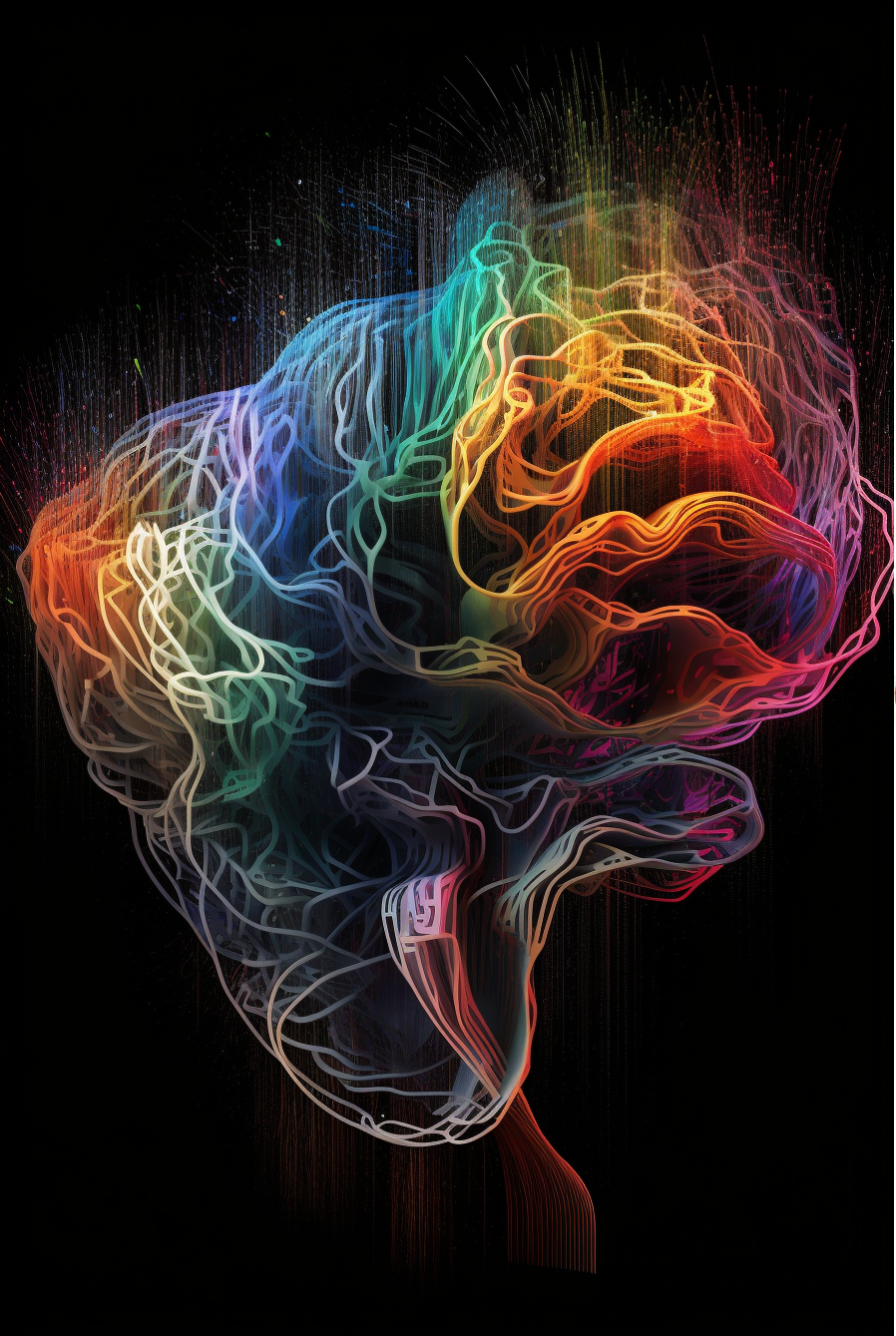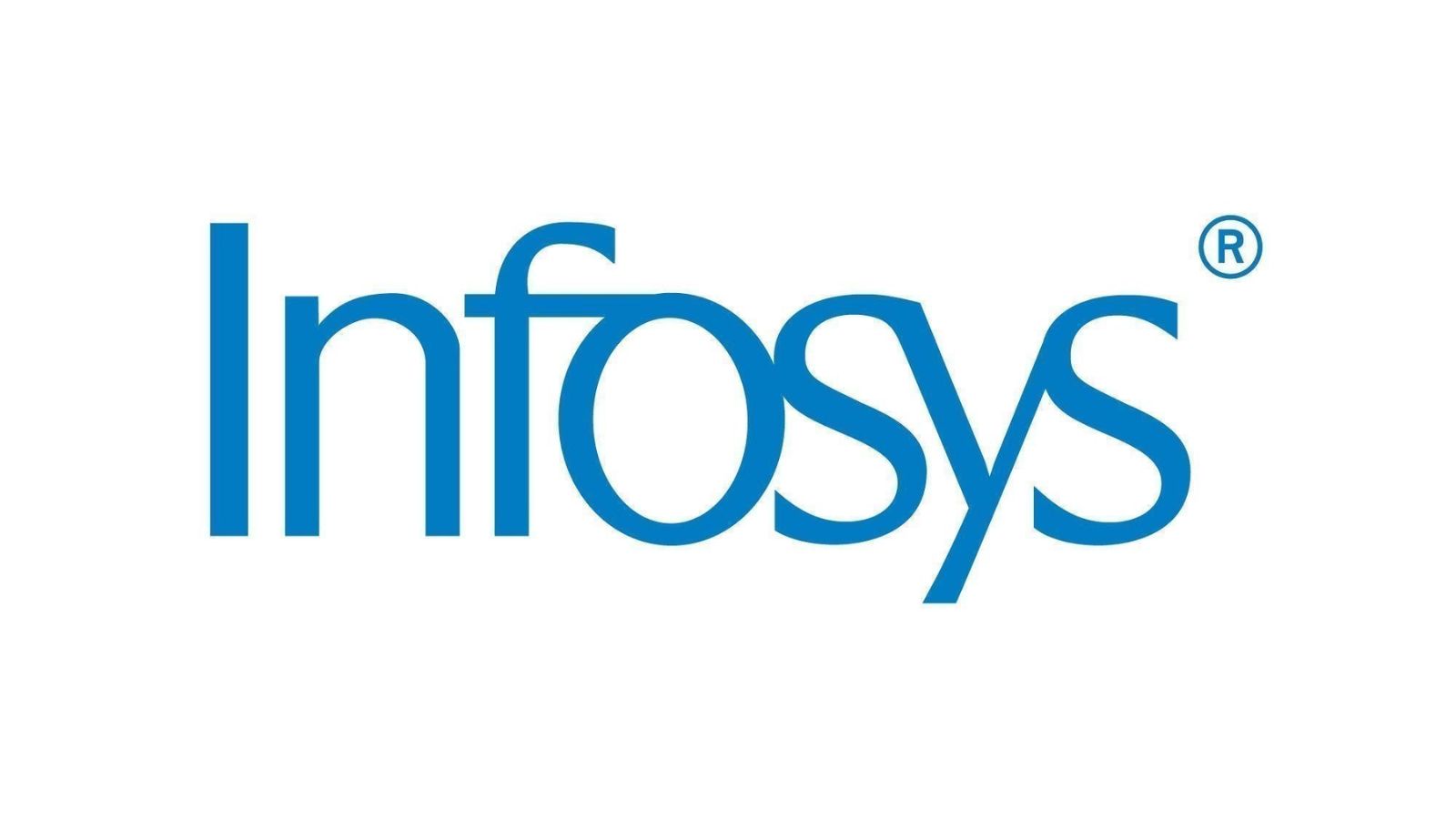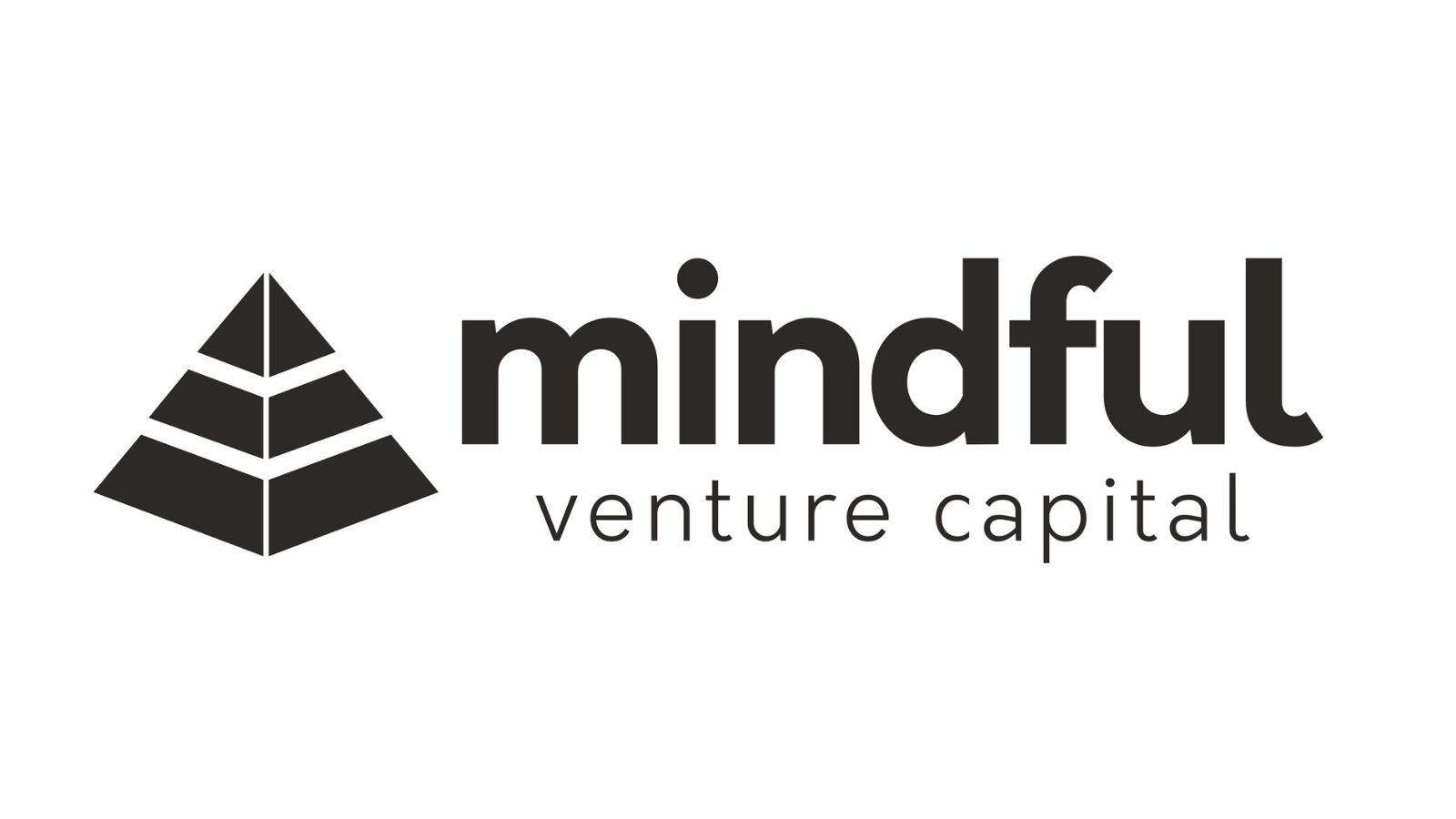Artificial intelligence has grown by leaps and bounds over the past decade, and few developments in the field have been more impressive than the creation of GPT-3. This neural network is not only the largest ever created, but it is also capable of performing a wide range of tasks that were previously thought to be the exclusive domain of human intelligence. In this article, we will provide a comprehensive overview of GPT-3, including its architecture, capabilities, limitations, and potential applications.
What is GPT-3?
GPT-3 stands for Generative Pre-trained Transformer 3, and it is a neural network created by OpenAI. It is designed to perform a wide range of natural language processing tasks, including language translation, writing, summarization, and conversation. GPT-3 is a continuation of the previous GPT models, but it is by far the largest and most powerful of the series.
How Does GPT-3 Work?
GPT-3 is a deep neural network that uses the transformer architecture to process and generate text. It consists of 175 billion parameters, which makes it by far the largest neural network ever created. The system is pre-trained on a massive corpus of text data, which enables it to recognize and generate natural language with remarkable accuracy.
GPT-3 Architecture
GPT-3 uses a transformer-based architecture, which is a type of neural network that is particularly well-suited for natural language processing tasks. The architecture consists of multiple layers of attention mechanisms, which enable the network to analyze and generate text in a highly efficient manner. GPT-3 also uses unsupervised learning techniques, which means that it can learn from data without explicit supervision from humans.
Capabilities of GPT-3
GPT-3 is capable of performing a wide range of tasks that were previously thought to be the exclusive domain of human intelligence. Here are some of the key capabilities of this powerful neural network:
Natural Language Processing
GPT-3 can recognize and generate natural language with remarkable accuracy. This means that it can be used for a wide range of tasks, including language translation, summarization, and conversation.
Language Translation
GPT-3 is capable of translating text from one language to another with high accuracy. This makes it a valuable tool for businesses and organizations that operate in multiple countries.
Creative Writing
GPT-3 can generate high-quality creative writing, including stories, articles, and even poetry. This has significant implications for the world of content creation, as it could potentially reduce the need for human writers in certain contexts.
Chatbots and Customer Service
GPT-3 can be used to create chatbots and other conversational agents that can interact with customers and provide customer service. This has the potential to reduce the workload of human customer service agents and improve the overall customer experience.
Data Analysis and Prediction
GPT-3 can be used to analyze large amounts of data and make predictions based on that data. This makes it a valuable tool for businesses and organizations that need to make data-driven decisions.
Limitations of GPT-3
While GPT-3 is an incredibly powerful neural network, it is not without its limitations. One of the primary limitations is that the network is highly dependent on the quality and quantity of the data it is trained on. This means that if the network is trained on biased or incomplete data, it may produce biased or incomplete results.
Another limitation of GPT-3 is that it is a “black box” system, which means that it is difficult to understand how the network arrives at its conclusions. This can make it challenging to troubleshoot and debug the system when issues arise.
Finally, GPT-3 is currently only available to select partners and developers, which means that it is not yet widely accessible to the general public.
Potential Applications of GPT-3
Despite its limitations, GPT-3 has the potential to revolutionize a wide range of industries and fields. Here are just a few of the potential applications of this powerful neural network:
- Content creation: GPT-3 could potentially be used to generate high-quality content for websites, social media, and other digital platforms.
- Customer service: GPT-3-powered chatbots could improve the customer service experience by providing quick and accurate responses to customer inquiries.
- Education: GPT-3 could be used to create personalized learning experiences for students, helping to improve engagement and outcomes.
- Medicine: GPT-3 could be used to analyze patient data and provide personalized treatment recommendations for individual patients.
Conclusion
GPT-3 is a remarkable achievement in the field of artificial intelligence, and it has the potential to revolutionize the way we interact with technology. While it is not without its limitations, the sheer power and versatility of this neural network are truly impressive. As GPT-3 continues to be developed and refined, it is likely that we will see even more exciting applications and use cases emerge.









Leave a Reply